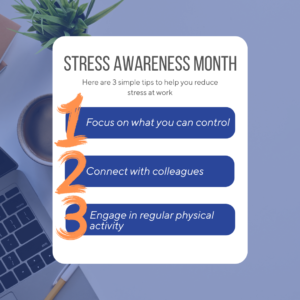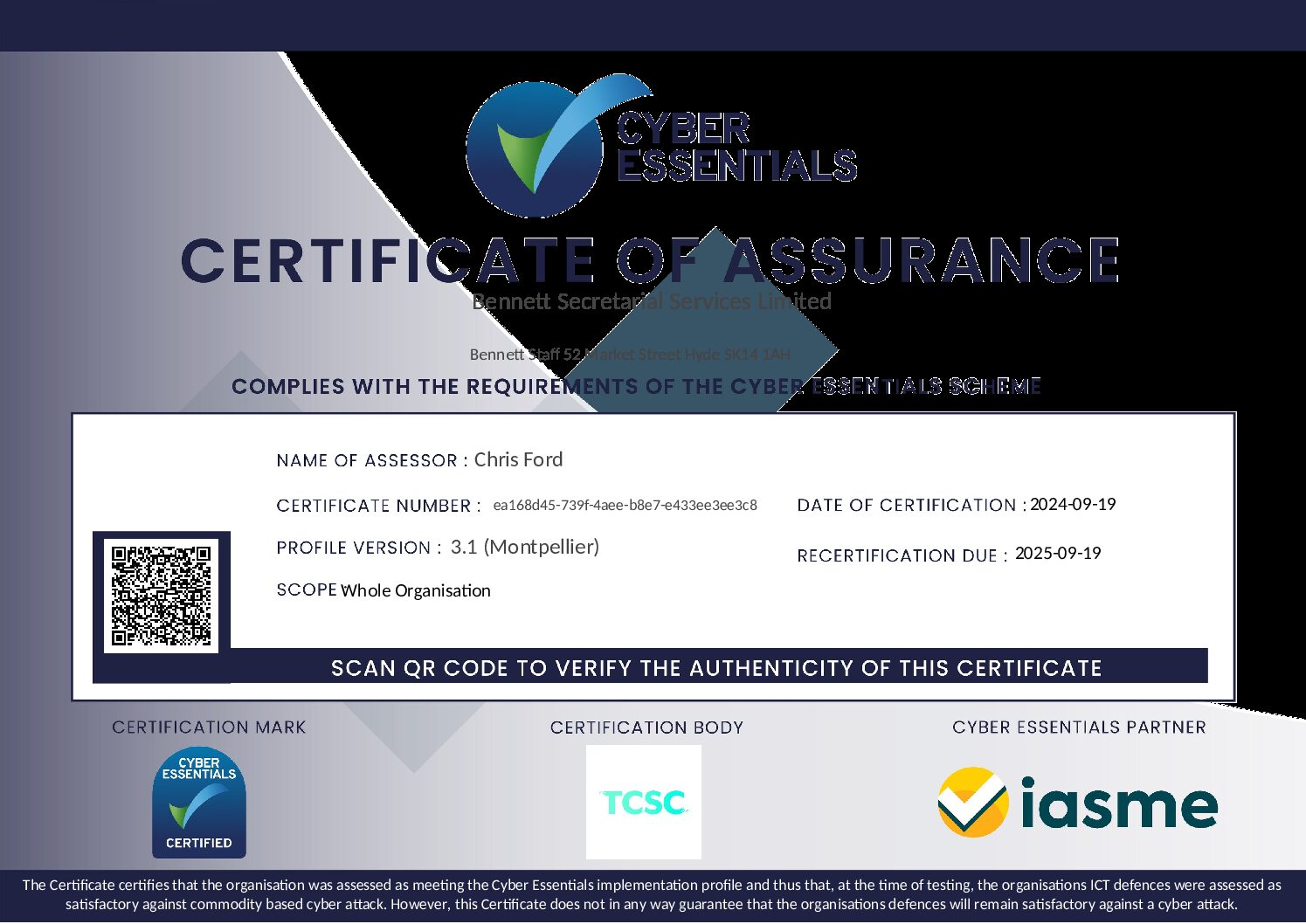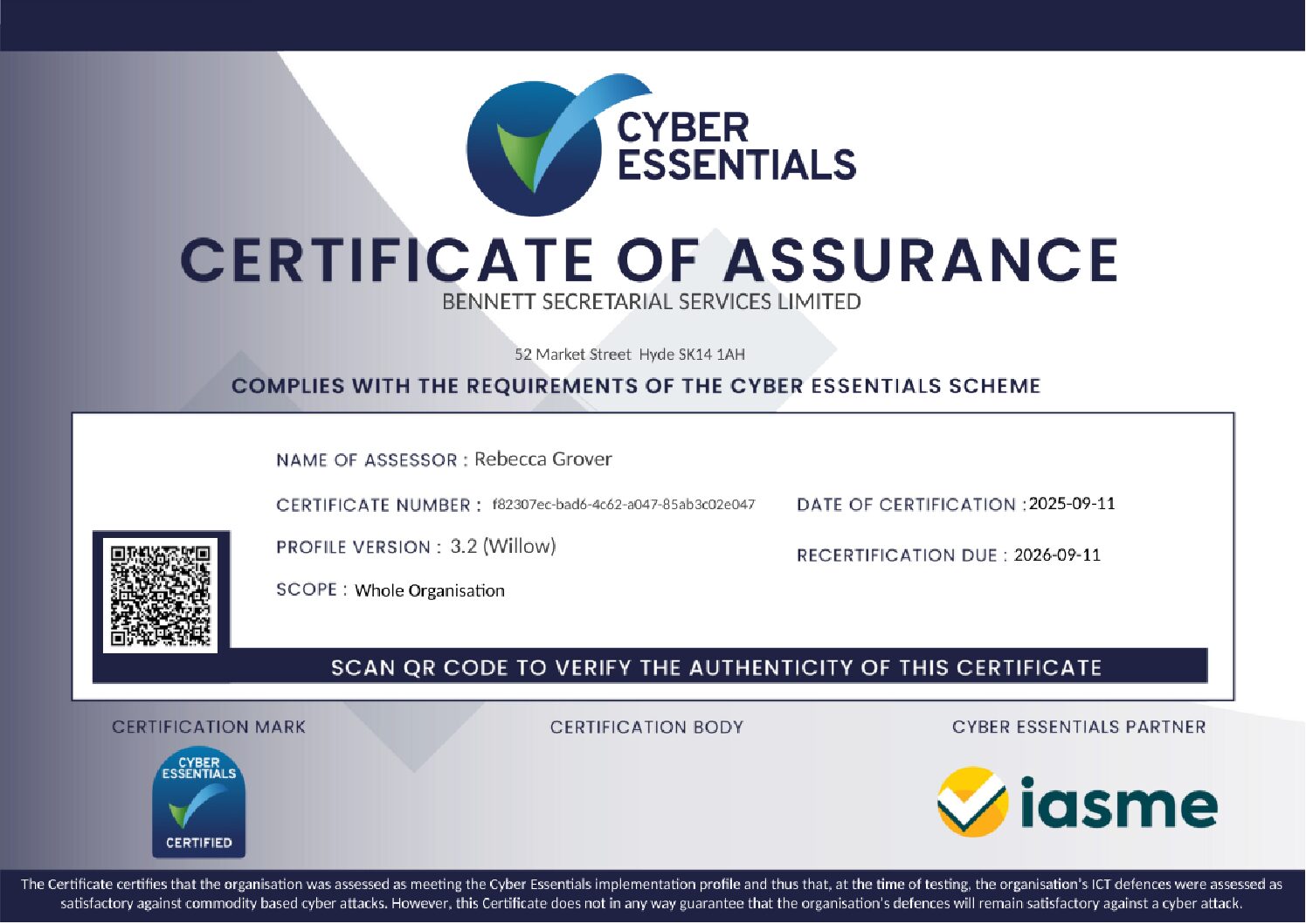STRESS IN WORK
Stress in the workplace is a significant issue that can impact both employees and organisations. It often arises from various factors such as high workloads, tight deadlines, lack of control over work, and interpersonal conflicts. Understanding these stressors is essential for addressing them effectively.
One of the main consequences of workplace stress is decreased productivity. When employees are overwhelmed, their ability to focus and perform at their best diminishes. This can lead to errors, missed deadlines, and ultimately, a decline in overall job satisfaction.
Additionally, chronic stress can have serious health implications, including anxiety, depression, and physical ailments like headaches and fatigue. It’s crucial for both employers and employees to recognise the signs of stress and take proactive measures to manage it. This can include implementing stress management programs, promoting a healthy work-life balance, and encouraging open communication within teams.
Addressing workplace stress not only benefits individual employees but also contributes to a more positive and productive workplace culture. By fostering an environment where stress is managed effectively, organisations can enhance employee well-being and overall performance.
Managing stress in the workplace involves a combination of personal strategies and organizational support.
Here are some effective ways to manage stress:
1 Identify Stressors: Start by recognizing what specifically causes stress in your work environment. This could be certain tasks, deadlines, or interpersonal relationships.
2. Time Management: Prioritize tasks and break them down into manageable steps. Use tools like to-do lists or digital planners to stay organized and focused.
3. Set Boundaries: Establish clear boundaries between work and personal time. Avoid checking work emails or messages outside of office hours to ensure you have time to recharge.
4. Practice Relaxation Techniques: Incorporate mindfulness, meditation, or deep-breathing exercises into your daily routine. Even a few minutes of these practices can help reduce stress levels.
5. Take Breaks: Regular short breaks during the workday can help clear your mind and improve focus. Step away from your desk, go for a walk, or do something enjoyable for a few minutes.
6. Seek Support: Don’t hesitate to talk to colleagues, supervisors, or HR if you’re feeling overwhelmed. Sometimes, just sharing your feelings can help alleviate stress.
7. Engage in Physical Activity: Regular exercise is a powerful stress reliever. Even a quick walk or stretching can help reduce tension and improve your mood.
8. Utilize Employee Resources: If your workplace offers wellness programs or counselling services, take advantage of them. These resources can provide valuable support.
By implementing these strategies, you can effectively manage stress and create a more balanced and productive work environment.























